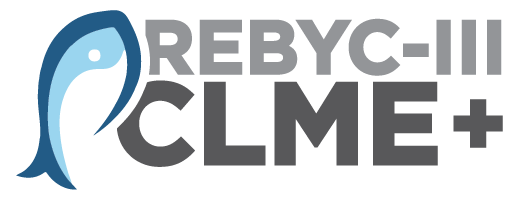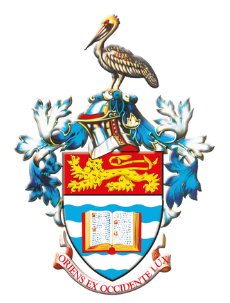The University of the West Indies St. Augustine, Trinidad and Tobago
The University of the West Indies St. Augustine, Trinidad and Tobago
A FAO-GEF Funded Project
Strategies, technologies, and social solutions to manage bycatch in tropical Large Marine Ecosystem Fisheries (REBYC-III CLME+).
The objective of the four-year REBYC-III CLME+ project, with Global Environment Facility (GEF) Trust Fund financing of US$5,329,452.00 is to manage bycatch and reduce discards in the Caribbean and North Brazil Shelf Large Marine Ecosystems (CLME+) thereby promoting sustainable and responsible fisheries that provide economic opportunities while ensuring the conservation of marine living resources, and in doing so support country implementation of the CLME+ SAP (particularly Strategies 2, 3 and 5). The participating countries are Barbados, Guyana, Suriname, and Trinidad and Tobago, which are all highly dependent on the fisheries resources for their socio-economic development.
However, many of the region’s target fish stocks are suffering from over exploitation, and some of these fisheries produce high levels of incidental catch of non-target organisms (bycatch) including Endangered, Threatened and Protected species (ETP) such as marine turtles, marine mammals, sharks and rays and associated high levels of discards. In addition, abandoned, lost or otherwise discarded fishing gear (ALDFG) negatively impacts the environment through “ghost fishing.”

Limited availability and awareness of selective fishing approaches and technologies to address bycatch and discards and other damage to the marine environment;
Insufficient governance and management addressing bycatch with limited control, compliance and enforcement of current rules governing bycatch and discards;
Lack of incentives and sufficient opportunities to encourage adoption of bycatch and ALDFG management measures;
lack of knowledge and availability of information on threats posed by bycatch and to promote adoption of effective solutions to manage bycatch, reduce discards and address ALDFG.
The Food and Agriculture Organization of the United Nations (FAO) is the project’s implementing agency and it is executed by the University of the West Indies (UWI), Faculty of Food and Agriculture (FFA). The fisheries authorities in the four participating countries act as the national executing partners and focal points for national level activities, in close collaboration with the national fisherfolk organizations as well as other fisheries-related stakeholders. At the regional level, the project will work in close collaboration and coordination with regional fishery bodies, including Western Central Atlantic Fishery Commission (WECAFC) and Caribbean Regional Fisheries Mechanism (CRFM), to advance the development and adoption of harmonized measures for management of bycatch, reduction of discards and addressing ALDFG in the target and other fisheries of the region
The longer-term global environmental goal to which the project seeks to contribute is a “healthy, resilient CLME+ region with threats to the marine environment minimized, biodiversity protected and utilized sustainably contributing to the region’s ‘blue economy’, Sustainable Development Goals (SDG) targets and other international goals, and the implementation of the CLME+ SAP”.
Feel free to contact to ask questions or find out detailed specifics of FAO-GEF Funded Projects
The primary focus of the FFA is to produce the human resources needed for our Region to attain food and nutrition security. With its relevant research and wide range of undergraduate and graduate offerings in agriculture, agribusiness, food and nutrition, geography and related areas, the FFA is poised to make a significant contribution.
The University of the West Indies
St. Augustine, Trinidad and Tobago
Keep up to date with our latest communications and publications.
